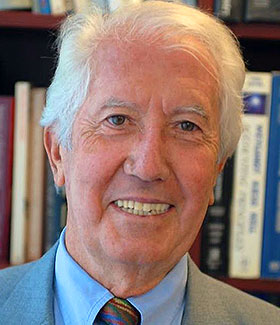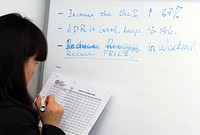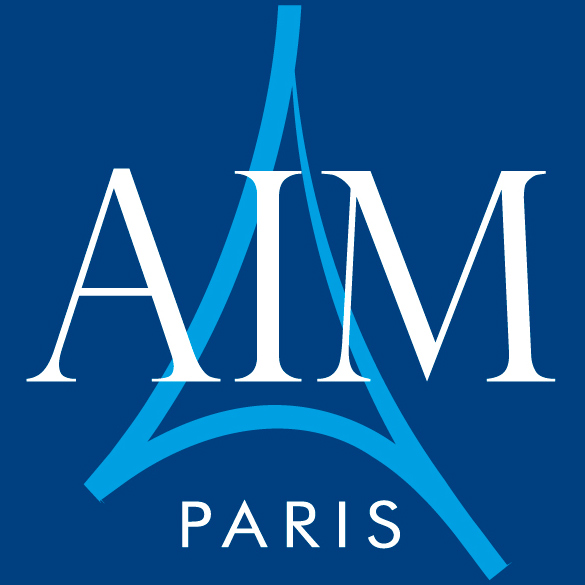Programme du MBA Hospitality Pro
Management hôtelier et tourisme
Pré-requis : BAC +3 (Bachelor, Licence, Maîtrise, Masters en toutes disciplines) + 5 années d’expérience professionnelle au minimum.
Durée des études : 9 mois (début octobre –fin juin).
Cours dispensés en anglais
Début du programme : le 1er lundi du mois d’octobre.
Enregistrement renouvelé le 28 juin 2024 au RNCP (Niveau 7)
sous l’intitulé : Directeur d’établissement de luxe en hôtellerie internationale.
En proposant un programme complet, englobant divers aspects du management hôtelier, cette formation garantit que les participants sont bien préparés pour relever les défis du secteur hôtelier dynamique et compétitif.
En mettant l’accent sur l’application pratique et les scénarios du monde réel, nous offrons une opportunité unique aux professionnels de développer davantage leur expertise et de faire progresser leur carrière dans le domaine de l’hôtellerie internationale.
Sur une période de 9 mois (d’octobre au juin), les participants acquièrent et maîtrisent les compétences et connaissances managériales requises pour les postes de direction, notamment dans l’hôtellerie du luxe.
Ils appliquent également ces techniques de à toute autre entreprise effectuant le management et la gestion des Ressources humaines, la Supervision d’équipes, la Comptabilité, la Finance, le Contrôle et Analyse des coûts, les Ventes et le Marketing, les Achats/ Approvisionnements, …
Nota Bene :
Un enseignement unique, exclusif et concret. Depuis 1992, nous transmettons aux étudiants et aux professionnels :
– l’excellence du savoir-faire à la française en matière de luxe et de service, en collaboration avec les palaces parisiens et l’école de cuisine Ducasse – Paris Studio
– l’excellence de l’art du management à l’international avec un programme professionnel :
- élaboré avec AHLEI en collaboration avec les grandes chaînes hôtelières internationales,
- dont le contenu est régulièrement dispensé aux cadres de leurs départements opérationnels,
- dont l’AIM détient l’exclusivité pour l’offrir à ses étudiants.
Un contexte qui explique la grande facilité d’intégration dans ces établissements de nos diplômés, bénéficiaires de la version originale (en anglais) de ces formations dispensées par un corps enseignant hautement qualifié.
Patrick ROSIER
Direction des études
Organisation des études sur 9 mois

Vacances de Noël : 2 semaines selon le calendrier de l’Académie de Paris
Vacances d’hiver : 2 semaines selon le calendrier de l’Académie de Paris
La cohésion d’équipe : le secret de notre réussite
Tous les ans, nos vaillants étudiants en MBA sont soumis aux dures épreuves de Koezio, parc d’aventure en équipe, mêlant défis physiques et intellectuels.
Les participants, tout en mettant en valeur leur cohésion en équipe, confirment ainsi leur motivation et leur capacité à allier réflexion et action en situation d’urgence.
Un bon exercice pour mettre en exergue leurs atouts et leurs qualités qui seront sollicités tout au long de leur cursus à l’AIM et de leur carrière.
Tous les ans, nos vaillants étudiants en MBA sont soumis aux dures épreuves de Koezio, parc d’aventure en équipe, mêlant défis physiques et intellectuels.
Les participants, tout en mettant en valeur leur cohésion en équipe, confirment ainsi leur motivation et leur capacité à allier réflexion et action en situation d’urgence.
Un bon exercice pour mettre en exergue leurs atouts et leurs qualités qui seront sollicités tout au long de leur cursus à l’AIM et de leur carrière.
Des travaux en équipe

Des travaux d’équipes pour des projets concrets, avec des planifications rigoureuses nécessitant des connaissances approfondies, toutes dispensées durant le programme.
Une solide carrière internationale
Campus Langues
Grâce à la carte d’accès à la Bibliothèque de la CIUP offerte par l’AIM, les étudiants ont la possibilité de se perfectionner dans la langue étrangère de leur choix parmi un catalogue de plus de 26 langues.
Formation et perfectionnement de 26 langues étrangères
Au sein du campus de la Cité Internationale Universitaire de Paris, l’Espace langues accueille les étudiants de l’AIM du lundi au vendredi et leur garantit d’excellentes conditions d’apprentissage des langues étrangères : langue générale, langue des affaires, grammaire, expression et compréhension écrite et orale, prononciation et perfectionnement.
Sont essentiellement dispensés par l’Espace langues :
français
anglais
espagnol
italien
portugais
turc
arabe
hébreu
chinois
farsi
ourdou
néerlandais
japonais
coréen
arménien
hindi
russe
grec

Certifications professionnelles
L’AIM bénéficie d’un partenariat avec l’association américaine AHLEI attestant que les formations dispensées à l’AIM répondent aux plus hauts standards internationaux en matière d’enseignement supérieur.

Professional Certifications
In International Hospitality Management
Ces certifications professionnelles reconnues internationalement sont accessibles à tous nos étudiants pendant leurs études.
Particulièrement destinées aux professionnels en exercice afin d’élargir leurs connaissances, elles permettent à nos étudiants d’accéder rapidement aux emplois au niveau international selon leur profil.
Un partenariat exclusif en France entre l’AIM et l’Association Fédérale Américaine de l’Hôtellerie AHLEI.
L’AHLEI fait autorité dans le monde entier en matière de conseil et de mise en place des meilleurs outils de gestion dans les plus grandes chaînes hôtelières internationales.
Pour n’en citer qu’un, le Uniform System of Accounts for Hotels, plan comptable de l’industrie hôtelière qu’il a conçu et édité, est utilisé par tous les grands établissements, aussi bien en France qu’au niveau international.
Fin du programme
Célébration de fin d’études
Chaque année les étudiants célèbrent la fin de leurs études avec leurs parents, leurs amis et l’équipe pédagogique et administrative de l’AIM, dans la salle Honnorat de la CIUP (Cité Internationale Universitaire de Paris).










 This course is designed to provide students with a solid background in hospitality sales and marketing. The main focus is on practical sales techniques for selling to targeted markets.
This course is designed to provide students with a solid background in hospitality sales and marketing. The main focus is on practical sales techniques for selling to targeted markets.


















































































